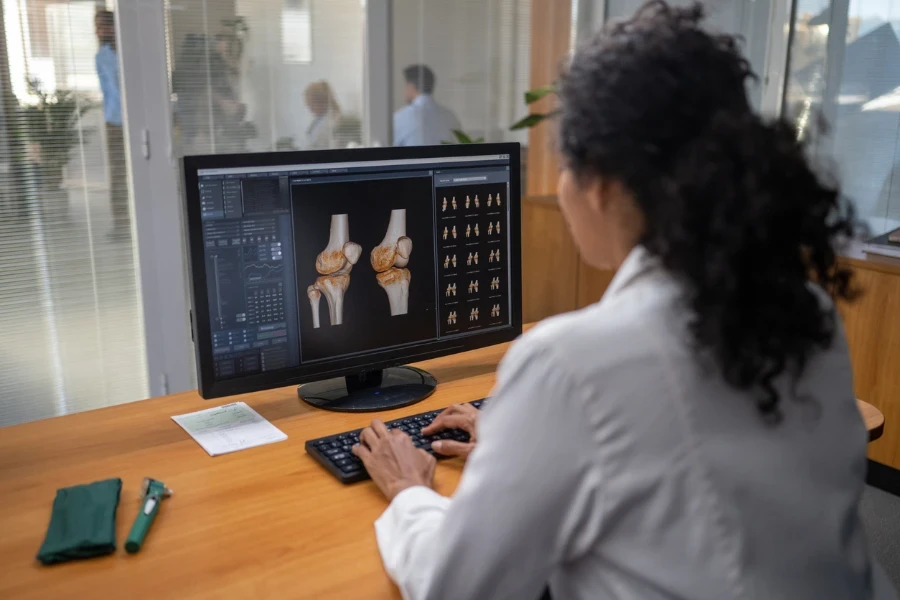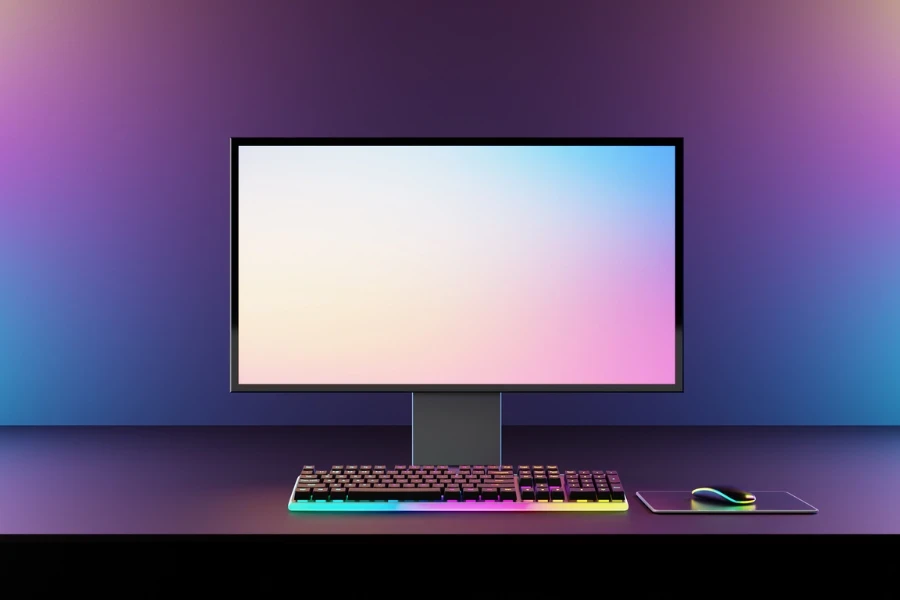In an era where technology evolves at breakneck speed, selecting the perfect desktop computer can seem like navigating a labyrinth. With a plethora of specifications, models, and features available, making an informed decision requires cutting through the clutter. This guide aims to demystify the process, focusing on the core aspects that matter most to users. By breaking down complex concepts into digestible explanations, we’ll explore the critical elements to consider when purchasing a desktop computer.
Table of Contents:
– Understanding the core components
– Evaluating performance needs
– The importance of connectivity options
– Considering form factor and design
– Future-proofing your investment
Understanding the core components

The heart of any desktop computer is its core components: the processor (CPU), memory (RAM), storage, and graphics card (GPU). The CPU is akin to the brain of the computer, handling calculations and tasks. Modern CPUs come with multiple cores, allowing them to perform several operations simultaneously, enhancing performance. RAM, on the other hand, is the short-term memory that stores data for quick access by the CPU. More RAM means more data can be handled at once, leading to smoother multitasking.
Storage comes in two main types: Hard Disk Drives (HDDs) and Solid State Drives (SSDs). HDDs offer more storage at a lower cost but are slower. SSDs, while more expensive, provide faster data access, leading to quicker boot times and better overall performance. The GPU renders images, animations, and video for the computer’s display. For gamers and professionals in video editing or 3D modeling, a powerful GPU is essential.
Evaluating performance needs

Understanding your performance needs is crucial in choosing the right desktop computer. For basic tasks like web browsing, document editing, and streaming video, a computer with an entry-level CPU, 4GB to 8GB of RAM, and an integrated GPU will suffice. However, for more demanding tasks such as gaming, video editing, or software development, a more powerful CPU, 16GB or more RAM, and a dedicated high-performance GPU are recommended.
The choice of processor is also pivotal. Higher clock speeds and more cores can significantly enhance performance, especially for multitasking and demanding applications. Additionally, consider the upgradeability of the desktop. Desktops that allow for easy upgrades to the CPU, RAM, and GPU can extend the life of your computer, adapting as your needs evolve.
The importance of connectivity options

In today’s interconnected world, a desktop computer’s connectivity options are more important than ever. USB ports are essential for connecting peripherals such as keyboards, mice, external drives, and more. USB 3.0 and USB-C ports offer faster data transfer speeds compared to their predecessors. HDMI or DisplayPort outputs are necessary for connecting monitors, while Ethernet ports ensure stable wired internet connections.
Wi-Fi and Bluetooth capabilities are also crucial for wireless connectivity. Wi-Fi 6, the latest standard, offers faster speeds, improved security, and better network efficiency. Bluetooth is indispensable for connecting wireless peripherals, reducing cable clutter. Ensuring your desktop computer supports these connectivity options can significantly impact its versatility and ease of use.
Considering form factor and design

The form factor and design of a desktop computer influence not only its aesthetic appeal but also its functionality and placement within your space. Traditional tower desktops offer the most flexibility for upgrades and typically provide better cooling, which is essential for high-performance components. However, they require more space.
Compact or all-in-one desktops are space-saving options that integrate components into the monitor or a smaller case. While they offer a cleaner setup with fewer cables, they often sacrifice upgradeability and cooling efficiency. Choosing the right form factor depends on your space, performance needs, and personal preference for a tidy workspace.
Future-proofing your investment

Investing in a desktop computer is a significant decision, and future-proofing your purchase ensures it remains relevant and performant for years to come. Opting for slightly more powerful components than your current needs can accommodate future software updates and more demanding applications. Similarly, choosing a desktop with easy access to internal components allows for easier upgrades.
Consider the longevity of support for the operating system and compatibility with future devices and software. Ensuring your desktop has the latest connectivity standards, like USB-C and Wi-Fi 6, also helps maintain its usability with new peripherals and networks. By considering these aspects, you can make a purchase that stays valuable, serving your needs well into the future.
Conclusion:
Choosing the right desktop computer involves a careful balance of understanding core components, evaluating performance needs, considering connectivity options, and thinking about form factor and design. By focusing on these critical aspects and planning for the future, you can select a desktop computer that not only meets your current needs but also adapts to your evolving demands. Remember, the key is to prioritize functionality and future-proofing over fleeting trends, ensuring a wise investment in your technology journey.



